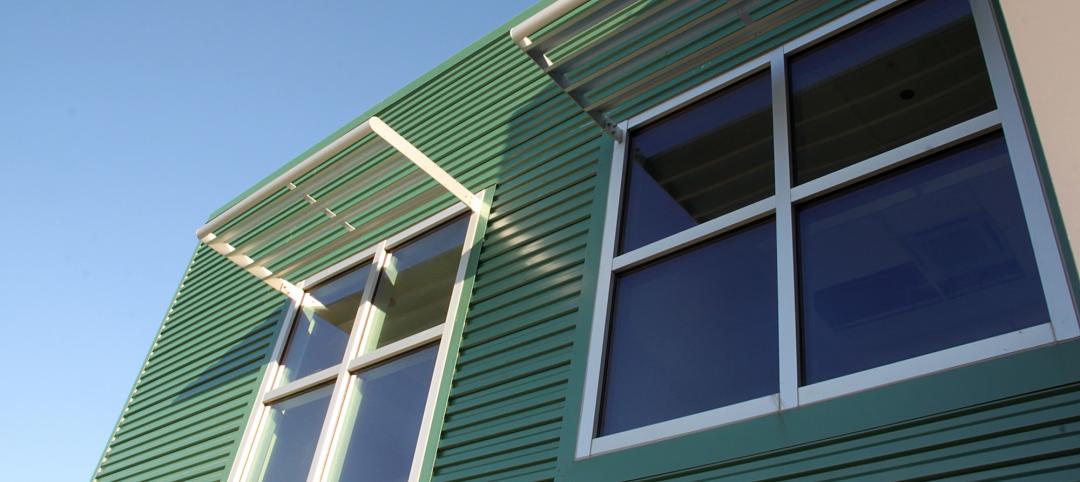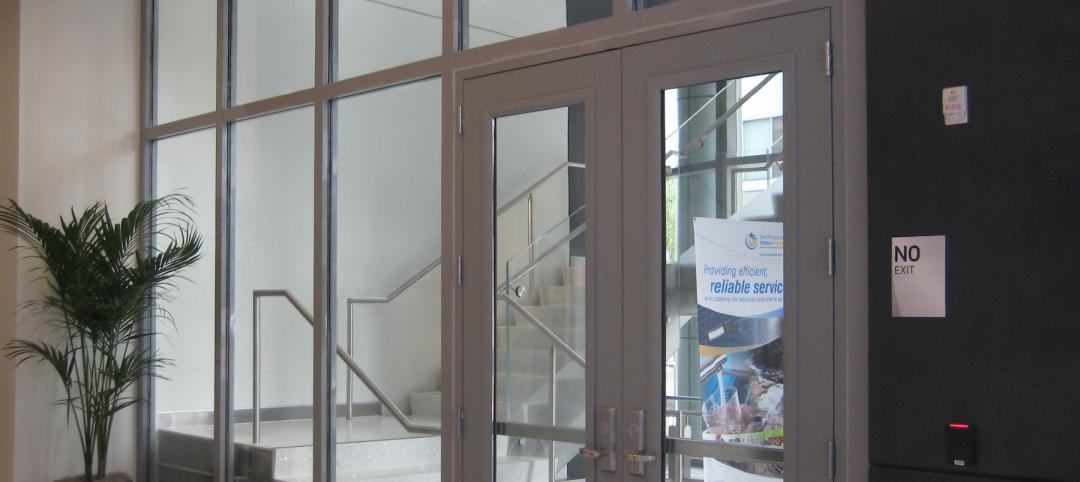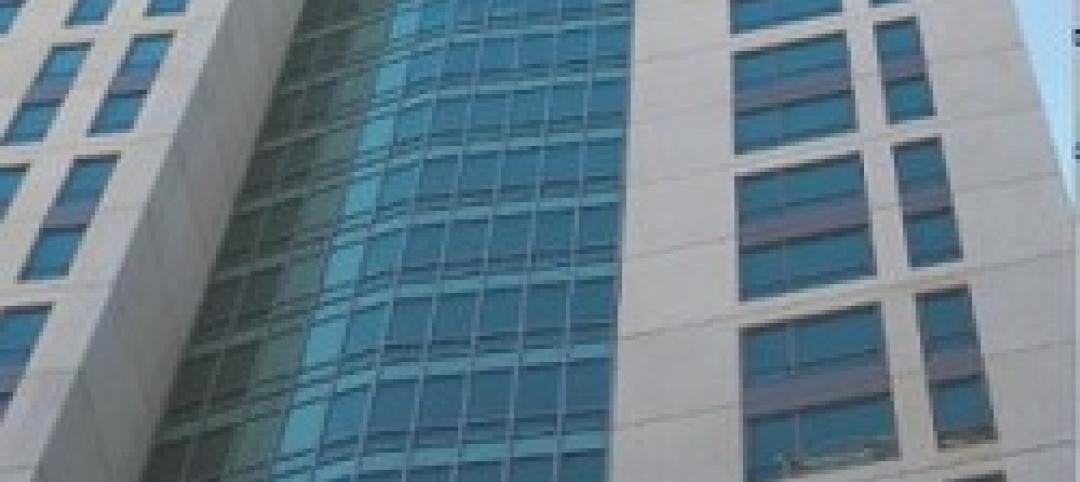The Window & Door Manufacturers Association (WDMA) is advocating government action to boost energy efficiency and create tax policies that will help the construction market regain vigor in 2013. The comprehensive legislative and regulatory policy agenda for 2013 outlines a number of policies that are top priorities for the window, door, and skylight industry that will support continued job creation in the U.S. manufacturing sector.
"Manufacturers are trying to ramp up their factories again, but policymakers need to know that overly-burdensome regulations and continued uncertainty about the fiscal priorities of Congress and the Administration continue to threaten the burgeoning economic recovery. In the 2013 WDMA National Policy Agenda, our members have laid out proposals that will boost national energy efficiency, promote smart tax policy, and support quality manufacturing jobs in our communities," said WDMA Chair Ann Duebner, Vice President of Sales and Administration for Eggers Industries in Two Rivers, Wisonsin. "We look forward to using this new National Policy Agenda to guide frank and open conversations with Congress and the Administration in 2013."
The 2013 WDMA National Policy Agenda is divided into eight different policy areas:
- Energy conservation
- Building codes
- Environmental stewardship
- Building safety
- Housing & economic policy
- Tax policy
- Product supply and trade
- Workforce/workplace
WDMA looks forward to working with policymakers to support fiscally sound policies that will spur job creation, and to undo or mitigate the effects of recent actions that overly burden manufacturers with more red tape and costly federal rules and regulations. The 2013 National Policy Agenda will be distributed to all members of Congress and key Administration officials and will be used during WDMA members' visits with their elected representatives during the WDMA Spring Meeting and Legislative Conference on March 18-20 in Washington, DC.
Download WDMA's 2013 National Policy Agenda here.
Related Stories
Sponsored | | Jul 7, 2014
Channel glass illuminates science at the University of San Francisco
The University of San Francisco’s new John Lo Schiavo Center for Science and Innovation brings science to the forefront of academic life. Its glossy, three-story exterior invites students into the facility, and then flows sleekly down into the hillside where below-grade laboratories and classrooms make efficient use of space on the landlocked campus.
Sponsored | | Jun 27, 2014
SAFTI FIRST Now Offers GPX Framing with Sunshade Connectors
For the Doolittle Maintenance Facility, SAFTI FIRST provided 60 minute, fire resistive wall openings in the exterior using SuperLite II-XL 60 insulated with low-e glazing in GPX Framing with a clear anodized finish.
| May 28, 2014
KPF's dual towers in Turkey will incorporate motifs, symbols of Ottoman Empire
The two-building headquarters for Turkey’s largest and oldest financial institution, Ziraat Bank, is inspired by the country’s cultural heritage.
| May 20, 2014
Kinetic Architecture: New book explores innovations in active façades
The book, co-authored by Arup's Russell Fortmeyer, illustrates the various ways architects, consultants, and engineers approach energy and comfort by manipulating air, water, and light through the layers of passive and active building envelope systems.
| May 5, 2014
Tragic wired glass injury makes headlines yet again
In the story, a high school student pushed open a hallway door glazed with wired glass. His arm not only broke the glass, but penetrated it, causing severe injuries. SPONSORED CONTENT
Sponsored | | May 3, 2014
Fire-rated glass floor system captures light in science and engineering infill
In implementing Northwestern University’s Engineering Life Sciences infill design, Flad Architects faced the challenge of ensuring adequate, balanced light given the adjacent, existing building wings. To allow for light penetration from the fifth floor to the ground floor, the design team desired a large, central atrium. One potential setback with drawing light through the atrium was meeting fire and life safety codes.
| Apr 25, 2014
Recent NFPA 80 updates clarify fire rated applications
Code confusion has led to misapplications of fire rated glass and framing, which can have dangerous and/or expensive results. Two recent NFPA 80 revisions help clarify the confusion. SPONSORED CONTENT
Sponsored | | Apr 23, 2014
Ridgewood High satisfies privacy, daylight and code requirements with fire rated glass
For a recent renovation of a stairwell and exit corridors at Ridgewood High School in Norridge, Ill., the design team specified SuperLite II-XL 60 in GPX Framing for its optical clarity, storefront-like appearance, and high STC ratings.
| Apr 8, 2014
Fire resistive curtain wall helps The Kensington meet property line requirements
The majority of fire rated glazing applications occur inside a building to allow occupants to exit the building safely or provide an area of refuge during a fire. But what happens when the threat of fire comes from the outside? This was the case for The Kensington, a mixed-use residential building in Boston.
| Apr 2, 2014
8 tips for avoiding thermal bridges in window applications
Aligning thermal breaks and applying air barriers are among the top design and installation tricks recommended by building enclosure experts.
















